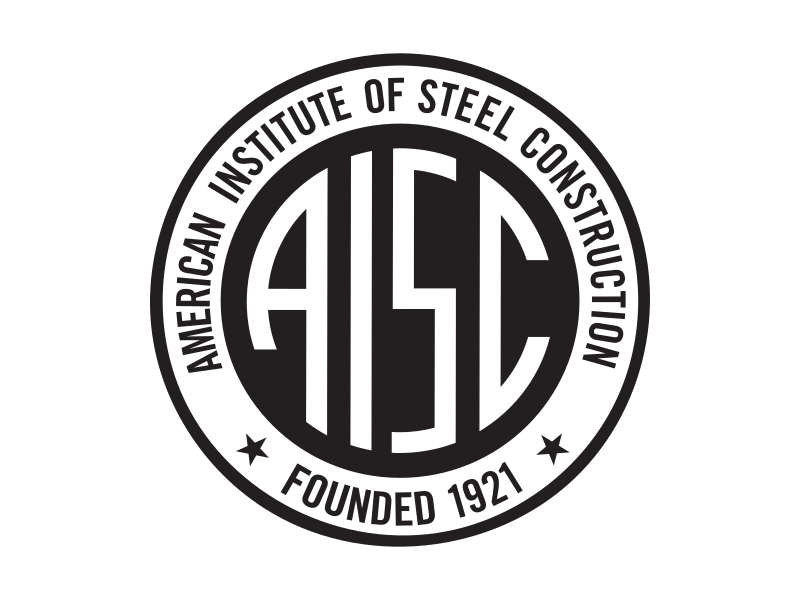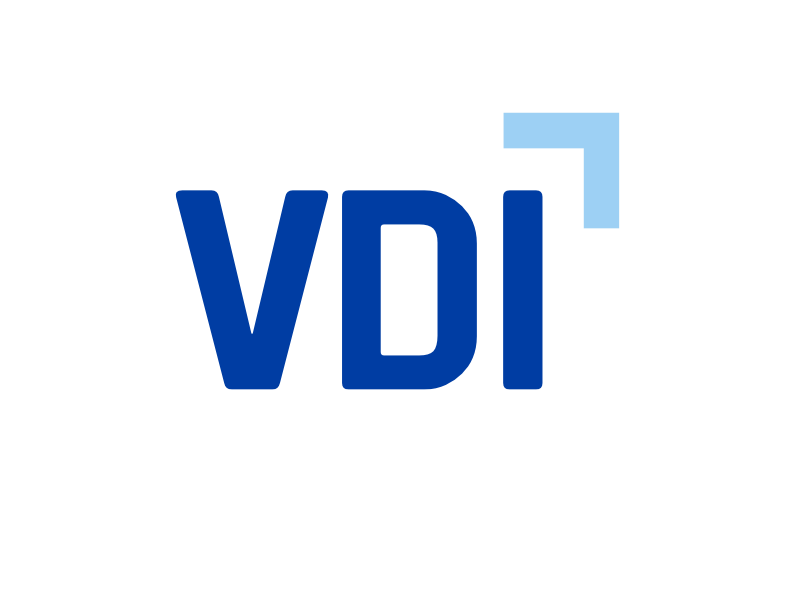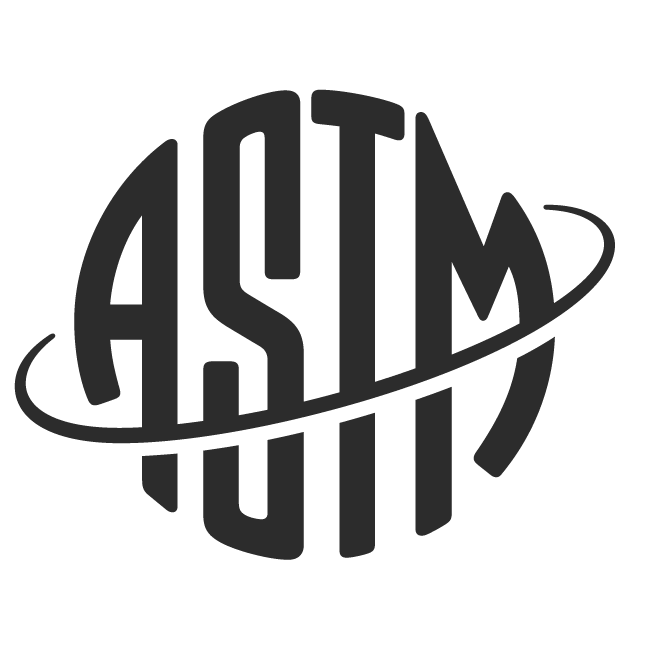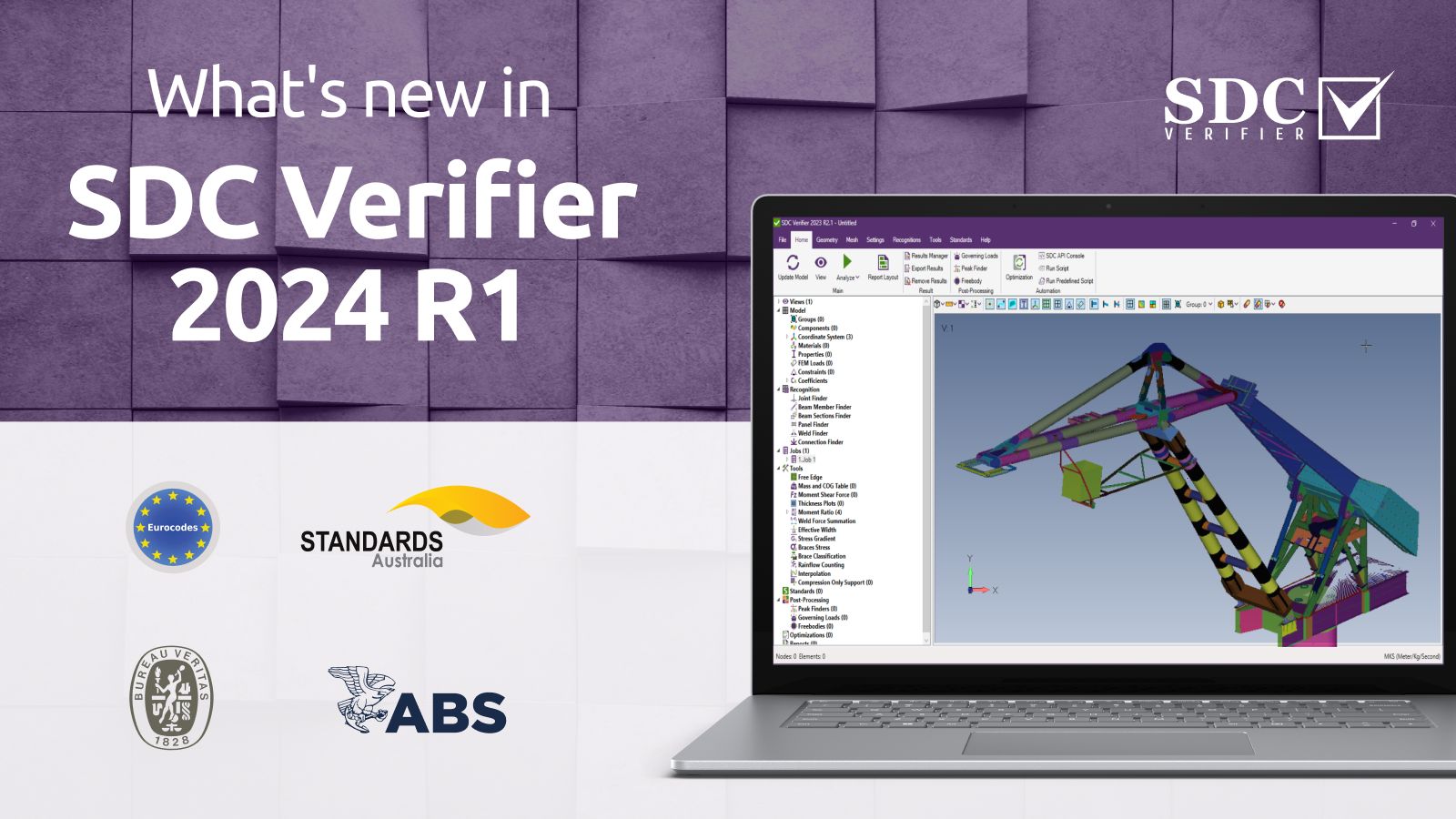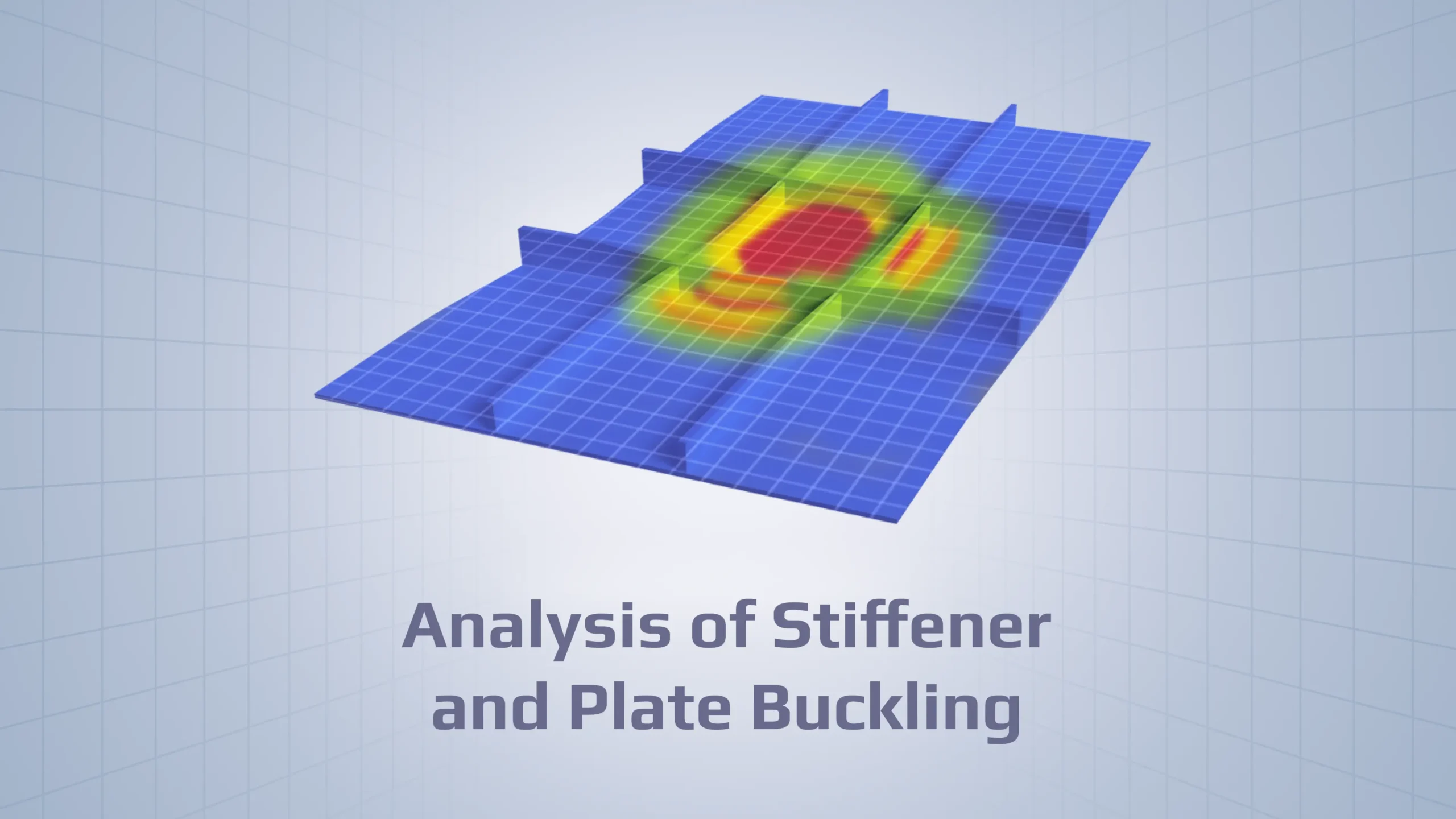Standards for Bolts: A Comprehensive Guide
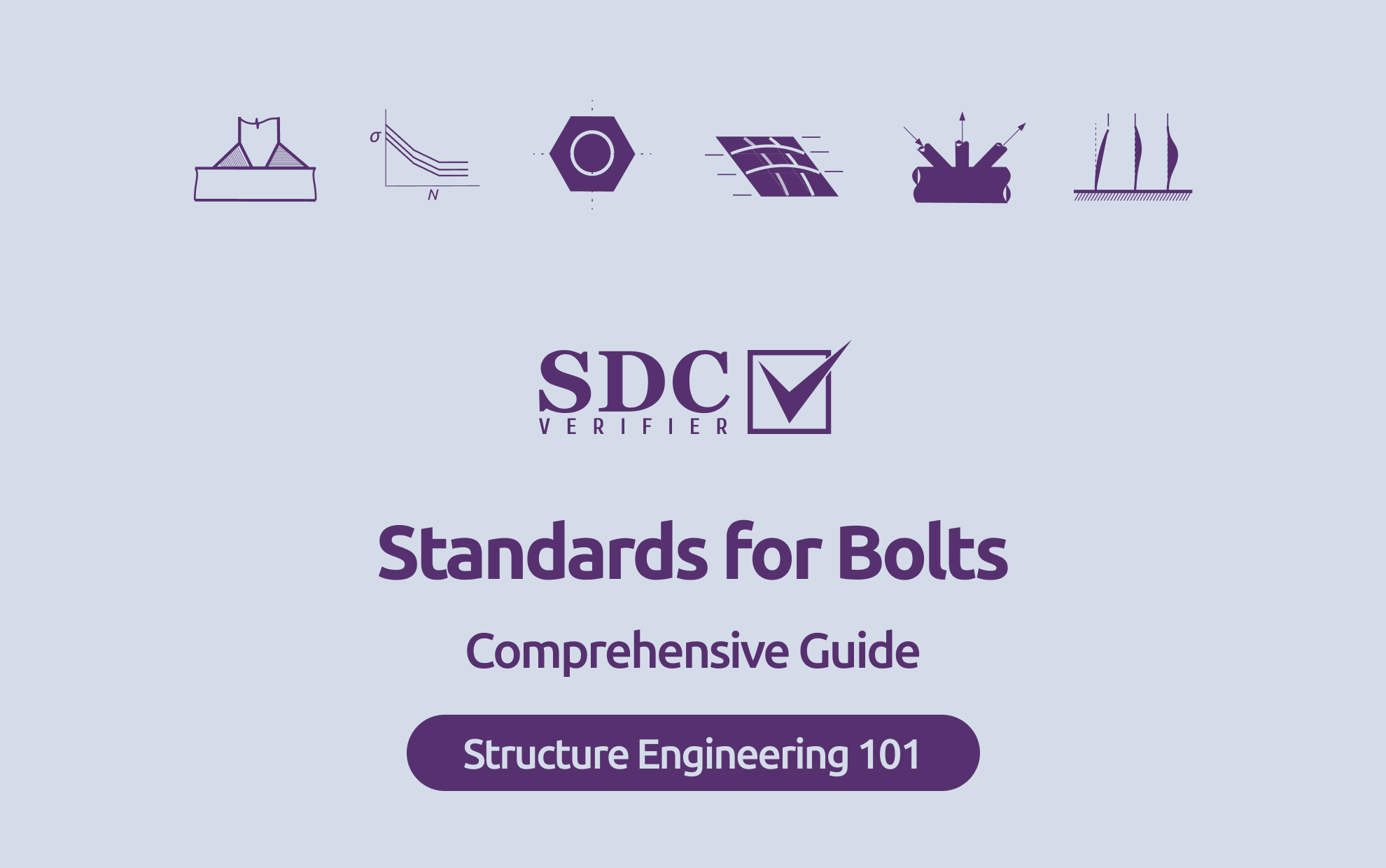
Bolted connections are fundamental in many engineering applications, from bridges and high-rise buildings to machinery and pipelines. Ensuring these connections’ strength, durability, and reliability is critical, as even the tiniest miscalculation can lead to structural failure.
This is why engineers rely heavily on bolt standards — well-established guidelines that define how bolts should be selected, installed, and assessed for various structural applications.
This article will explore the significant global bolt standards, covering their applications, methodologies, and importance for structural engineers. This guide will comprehensively understand essential bolt standards, including Eurocode 3, AISC 360-10, VDI 2230, ISO 898-1, ISO 3506-1, and ASTM F606.
Why Bolt Standards Are Essential for Engineers?
When designing structures, engineers must ensure that the connections, including bolts, can withhold all expected loads throughout the structure’s lifespan. This is where bolt benchmarks come into play.
These standards provide:
- Detailed guidelines on selecting appropriate bolts.
- The load-carrying capacity.
- The safety margins required for different structures and environments.
Bolt standards reduce the risk of failure, ensure compliance with local regulations, and improve the overall safety of construction projects.
Adhering to these standards ensures that the design meets the highest quality and safety standards, minimizes risks, and extends the lifespan of the structures. Moreover, by following standard guidelines, engineers ensure consistency in design and construction, making it easier to maintain, inspect, and repair structures in the future.
Major Bolt Standards for Structural Engineering
The six bolt standards we’ll discuss are:
- Eurocode 3 (EN1993)
- AISC 360-10
- VDI 2230
- ISO 898-1
- ISO 3506-1
- ASTM F606
You can check your bolts on Eurocode 3 (EN1993), AISC 360-10, and VDI 2230 standards with SDC Verifier easily and quickly.
Here’s a concise comparison table summarizing key aspects of major bolt standards, highlighting their applications, regional relevance, and areas of focus:
| Standard | Region of Use | Typical Applications | Primary Focus |
|---|---|---|---|
| Eurocode 3 (EN 1993) | Europe | Steel structures (bridges, buildings, offshore platforms) | Structural integrity under static, dynamic, and fatigue loads |
| AISC 360-16 | United States and North America | Steel structures (commercial buildings, industrial facilities) | Seismic, wind, and static loads; local building code compliance |
| VDI 2230 | Germany and other precision-focused industries | High-stress applications (automotive, aerospace, heavy machinery) | Preload, fatigue life, and stress distribution in bolted joints |
| ISO 898-1 | Global | General structural applications (construction, machinery) | Mechanical properties of carbon and alloy steel bolts |
| ISO 3506-1 | Global | Environments requiring corrosion resistance (marine, chemical, food processing) | Stainless steel bolts, corrosion and mechanical resistance |
| ASTM F606 | United States and globally | General industrial applications | Testing methods for mechanical properties of threaded fasteners |
Eurocode 3 (EN1993)
Eurocode 3, officially known as EN 1993, is a European standard for the design of steel structures. It is part of the broader Eurocode series, which covers various materials and structural elements. For bolted connections, Eurocode 3 provides detailed guidance on calculating the capacity and safety of bolts in steel structures, focusing on criteria such as tensile strength, shear resistance, and bolt-hole deformation.
Eurocode 3 is widely used across Europe, making it one of the most influential standards for structural engineers working with steel. It applies to various steel structures, including bridges, towers, buildings, and offshore platforms. Eurocode 3 emphasizes the importance of proper bolt selection based on the type of load (e.g., static, dynamic, or fatigue loads), ensuring that bolted joints can withstand the stress imposed by various conditions.
The standard outlines several types of bolt checks, such as:
- Tensile strength checks: to ensure the bolt can withstand axial tension forces.
- Shear strength checks: to ensure lateral forces do not overstress the bolt.
- Bearing checks: to assess the contact pressure between the bolt and the material it is joining.
By following these checks, engineers can ensure that bolted joints meet the safety requirements of European design codes.
For European engineers, compliance with Eurocode 3 is mandatory for any steel structure. The standard ensures that bolted connections are appropriately designed to prevent failure and reduce maintenance costs over time. It’s an essential resource for structural engineers seeking to meet the European Union’s safety regulations and project specifications.
You can watch SDC Verifier’s webinar on performing Eurocode 3 checks of bolted joints here: “Eurocode 3 Frame Analysis: Beam Member Check, Weld Strength, and Bolted Joint Verification“.
AISC 360-10
The AISC 360-10 standard is published by the American Institute of Steel Construction (AISC) and governs the design of steel structures in the United States. This standard provides comprehensive guidelines for various types of connections, including bolted joints. It covers a range of structural applications, from buildings to bridges, and is a crucial reference for engineers working on steel structures in North America.
AISC 360-10 applies primarily to steel structures in the United States, such as commercial buildings, industrial facilities, and other large-scale steel frameworks. The standard is specifically geared toward ensuring the structural integrity of bolted connections under various loading conditions, including seismic and wind loads. This makes it essential for engineers working in areas prone to extreme weather conditions.
AISC 360-10 includes multiple bolt check procedures to ensure that connections meet safety and performance criteria:
- Tensile stress limits: Ensures bolts can handle pulling forces without failing.
- Shear stress limits: Ensure bolts resist sliding forces within the prescribed limits.
- Slip-critical connections: Evaluate whether a connection will slip under load before the bolt fails.
The checks are designed to prevent catastrophic failures by offering a robust framework for determining the appropriate bolt type, size, and grade for different applications.
AISC 360-10 is indispensable for engineers working in the United States. It ensures structures adhere to local building codes and withstand environmental stressors like hurricanes or earthquakes. The standard provides straightforward, actionable guidelines that help engineers design reliable bolted connections, making ensuring compliance and project success easier.
If you want to see how to properly complete the AISC 360-10 bolt check, watch SDC Verifier’s tutorial, “AISC 360-10 Bolt Check with SDC for Ansys“.
VDI 2230
VDI 2230 is a German guideline focused on the comprehensive analysis and calculation of bolted joints. Unlike Eurocode 3 or AISC 360 standards, VDI 2230 offers a more detailed, engineering-heavy approach, particularly emphasizing preload and fatigue life calculations. It is widely used in fields where precision and reliability are critical, such as automotive manufacturing, aerospace, and heavy machinery.
This standard excels in environments with high dynamic loads or where exact tolerances are essential. VDI 2230 is known for its in-depth treatment of critical aspects of bolted joint analysis:
- Preload calculations: Ensures bolts are tightened to the correct level, preventing loosening under operational stresses.
- Stress analysis: Evaluates stress distribution across the bolt and connected materials, accounting for varying load conditions.
- Fatigue life analysis: Assesses the bolt’s ability to withstand cyclic loading over time, ensuring longevity and reducing the risk of failure.
VDI 2230’s detailed approach to preload and fatigue life calculations sets it apart, making it an essential resource for engineers working in industries that demand high performance under repeated or fluctuating loads. Its precision makes it ideal for applications where even minor joint failures can have serious consequences. By adhering to VDI 2230, engineers can ensure that bolted connections meet the most rigorous safety and reliability standards.
ISO 898-1
ISO 898-1 establishes the mechanical properties of carbon steel and alloy steel bolts, covering different property classes for both coarse and fine threads. This standard ensures that fasteners meet specific strength requirements, making it critical for applications in construction, machinery, and vehicles where high loads are expected. The tests cover vital properties such as:
- Tensile strength
- Yield strength
- Elongation after fracture
- Hardness
ISO 3506-1
ISO 3506-1 focuses on bolts made from stainless steel, which are often used in environments where corrosion resistance is crucial, such as marine, chemical, and food processing industries. The standard defines different grades and property classes for stainless steel bolts, screws, and studs, ensuring their suitability for applications that demand resistance to both mechanical stress and corrosion.
ASTM F606
The ASTM F606 standard provides detailed test methods for determining the mechanical properties of threaded fasteners, including bolts. These tests ensure fasteners perform as expected under various conditions, including direct tension and compression. The standard specifies procedures for:
- Tensile testing
- Torque testing
- Hardness testing
- Elongation and stress testing
These standards are essential for engineers working in both industrial and everyday settings where fasteners like bolts and screws are used. Ensuring compliance with these mechanical property standards can prevent failure in high-stress applications, improving the safety and longevity of the structures and equipment where they are employed.
Conclusion
Bolt standards are essential for ensuring structures’ safety, integrity, and durability. Whether you’re designing a skyscraper in the United States or working on a high-performance machine in Germany, following the appropriate bolt standard is crucial for meeting regulatory requirements and ensuring the long-term success of your project.
By adhering to guidelines from standards like Eurocode 3, AISC 360-10, VDI 2230, ISO 898-1, ISO 3506-1, and ASTM F606, engineers can confidently design bolted connections that will perform reliably under a variety of conditions, from static loads to extreme dynamic forces.
Understanding and applying the correct bolt standard is not just about compliance — it’s about building structures that will withstand the test of time and ensure safety and performance for years to come.




